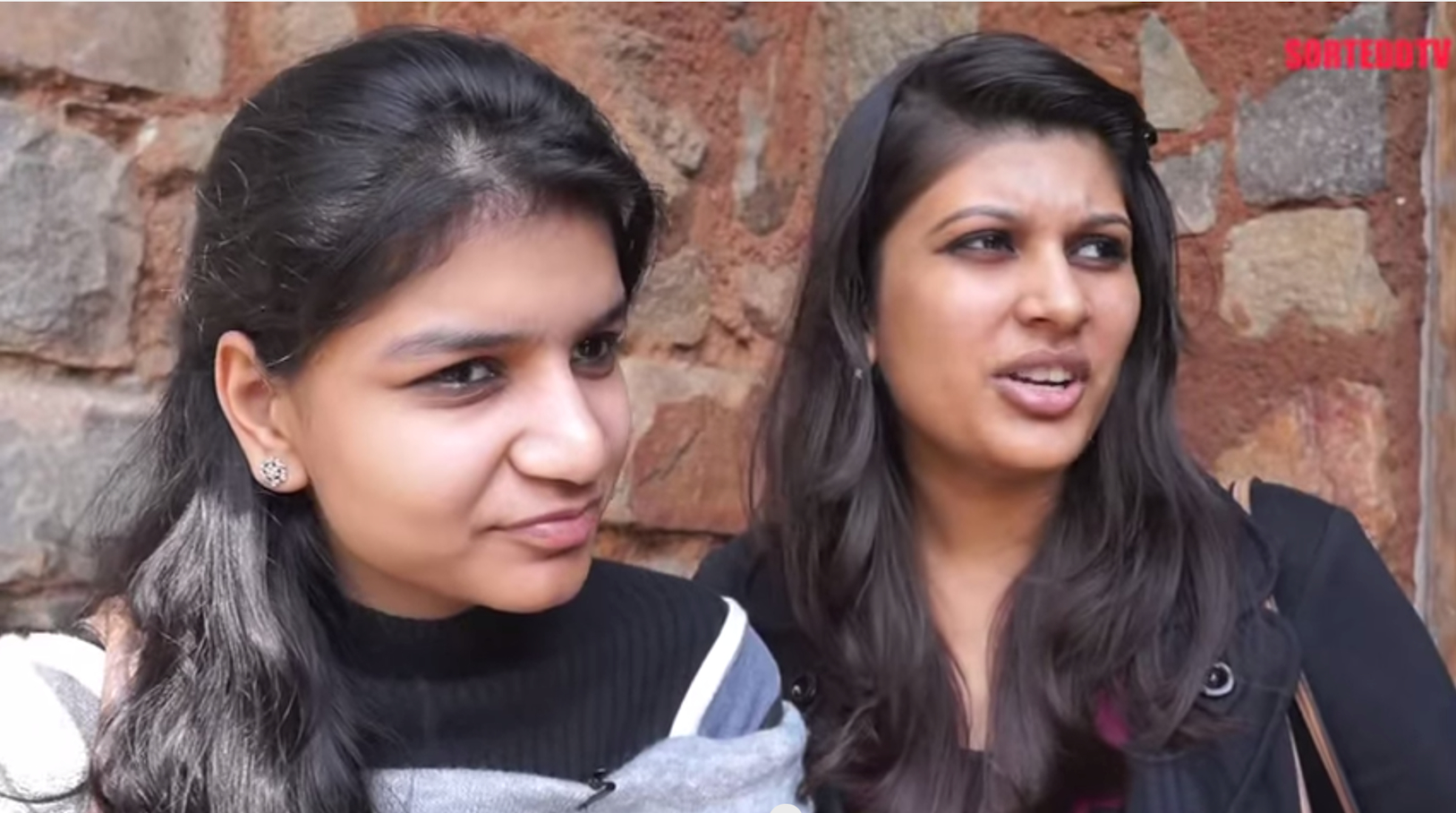The Vijay Nair Case: Exploring Twisted Realities In Sexual Harassment Cases

The Vijay Nair Case
“Sexual harassment legislation in its present form makes all men unequal to all women,” says Warren Farrell, the author of The Myth Of Male Power.
Vijay Nair is the CEO of Only Much Louder (OML) and is the lead behind one of India’s premier music festivals, the Bacardi NH7 Weekender. The millionaire started his business when he was just 18, after dropping out of Sydenham College, Mumbai, at 15.
It was just another ordinary day for the young entrepreneur until he received a sexually explicit tweet on 26th November, 2015. What followed were a series of inappropriate messages sent by his cyberstalker via WhatsApp and email. After months of facing such an ordeal, Nair unmasked the identity of the perpetrator only to discover that it was a woman whom he had acquainted with. Nair isn’t the only male victim. As revolting as it is, there has been a precipitous rise in the number of sexual harassment incidents being reported, (in which the victim is male and the offender is female) which brings us to our main controversy:
Are we in immediate need for gender-neutral laws in India?
Laws And Cases In India
For one who is not familiar with the Indian laws against sexual assaults, here’s the gist:
5 laws against sexual harassment most Indians that are not aware of:
- Singing lewd songs directed at women in public places is considered sexual harassment under IPC section 294. The offenders can be jailed up to 3 months, or be fined, or both.
- If a woman’s clear refusal to someone’s sexual advances is met by threats to harm her physically, her reputation and property, it is crime under IPC section 503. The man can either face jail for 2 years and get fined.
- Morphing pictures of a woman with an intent to harass and defame her is a crime as per IPC section 499. The punishment may include jail time up to 2 years and a fine.
- Making sexually colored remarks against a woman in a public place is a crime under IPC section 509. The man can have to face jail time of 3 years and pay a fine.
- Making unwanted physical contact against a woman’s will is a crime under IPC section 354(A). The man can face jail term which may extend up to 3 years.
These are just a few examples of the various laws against sexual abuse. However, if we were to explore deeper into India’s legislations, it is perspicuous that there is no law recognizing male victims of sexual harassment. An article by The Hindu highlights many occurrences of such incidents and in all these cases, the women were in the wrong. Yet, in the Indian society or any other society for that matter, this is not exactly an issue that is being taken seriously. For the past few years, social experiments have been conducted to observe how the public reacts towards male sexual harassments, and the results have all been disheartening.
Is This A Norm? The Reality…
For a long time, our paradigm of sexual assault has always been a male perpetrator and a female victim. Throughout the course of history, the subject of rape has been predominantly identified of being under female subjugation. Statistically, more women are prone to being sexually assaulted but that does not give us a platform to deny the fact that men too can become victims of such distraught situations.
Firstly, we need to understand the fact that males do get sexually abused more often than we think.
In a 2013 survey by UCLA which was conducted in more than 40000 households in USA, 38% of men had faced rape and sexual violence and of those men, 25% of the cases took place by the age of 10.
Secondly, certain groups of men are at a higher risk of getting sexually assaulted.
For instance, male inmates are more vulnerable to rape or coerced sex. In addition, if it were to happen, it is not usually counted in the data of sexual assault of the general population. It is also a complete norm for there to be sexual assaults in military bases and battlefields.
Thirdly, women are mostly the perpetrators.
89% of cases of sexual misconduct reported by male juvenile inmates were perpetrated by female guards. Among men who were sexually coerced, over 83% of those perpetrators were also female.
Fourthly, men are hesitant to report sexual victimization.
In a country like India, the idea that a woman can sexually harass a man is still considered inconceivable. Most men find it uncomfortable to voice out their experiences in such situations due to the foreboding fear of being judged. To add a cherry on top of that, it is conceptualized that men who are victims of sexual harassment are “weak”. It could be due to the reason that there has not been many cases being brought forward and also the lack of data regarding these incidences but then again, it is a vicious cycle of the fear of being ridiculed which causes men to not report anything, for it threatens their manhood and their masculinity.
Here comes the idea of stereotypes. Men are stereotyped to be unappeasable and that they would definitely grab the opportunity to go for it. However, the reality is that not all men are like that and consent plays as the determining factor for the sort of “man” they are.
Lastly, we ARE in great need of gender-neutral laws in India
We need to change the way that we have defined and stereotyped sexual assaults to be like. It was only in 2012, the Federal Bureau of Investigation (FBI) updated the official definition of forcible rape by they have removing the word “Female” and making it gender-neutral.
Conclusion
Sexual assault is definitely something no one would want to fall victim to regardless of the genders. What we should work towards is eliminating sexual assaults and to do so we need to be able to bring forth the motion to every citizen. Moreover, we should not discriminate someone based on their gender or stereotype genders. All genders should be treated equally, and for genders to be treated equally, rules and regulations of a country should be changed accordingly to achieve such a motive.
For rules and regulations to be altered in India, we need to forget the stereotypes that had been fed to us for generations.


